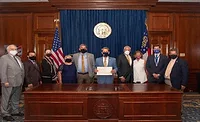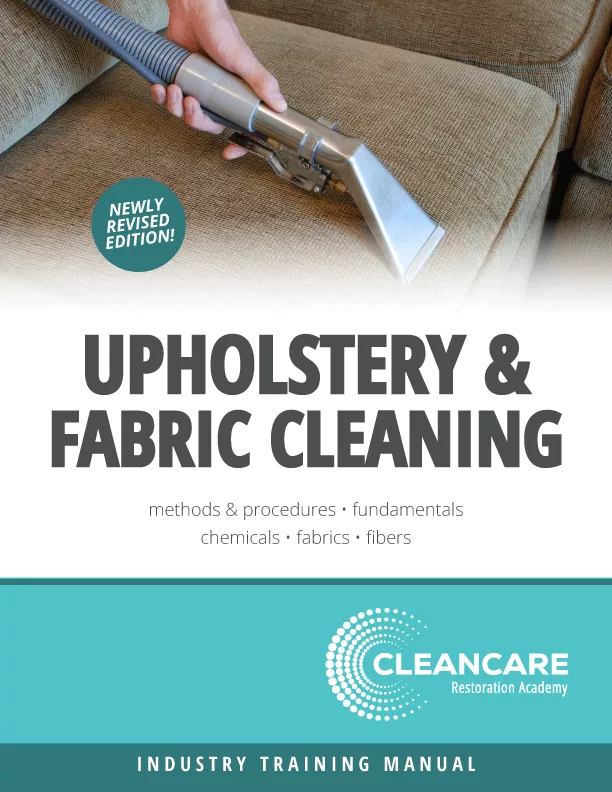Regulating Forensic and Death-Scene Cleaning

The crime- and death-scene cleaning industry, better known as the bio-recovery industry, has been growing in prominence for well over 10 years, though some pioneers, such as Dale Cillian with BIOPRO in Arizona, have been operating since as far back as 1985.
The American Bio-Recovery Association was founded in 1996 by a unique group of individuals with a vision of creating a whole new industry that would cater to the needs of survivors of crime, trauma, death and accident scenes. The vision of these seven individuals would vastly affect many lives. ABRA likes to prevent second tragedies. The first tragedy is the loss of a friend or loved one; the second is dealing with the horrific aftermath of that same event. From inception, ABRA sought out professionals who catered to this specialized need.
As ABRA developed, core groups started taking notice of the industry. Federal organizations such as NIOSH and the CDC quickly noticed the credibility that ABRA was building for itself. Both NIOSH and the CDC recognized ABRA as the leading authority in bio-recovery, and have contacted ABRA and its members for assistance in national matters. It was ABRA that was called on to assist with the anthrax decontamination of the ABC building in New York following the tragedies of Sept. 11, 2001.
ABRA soon realized it was more than just setting standards; it was recognized as the governing body of the bio-recovery industry, not only nationally but internationally. Foreign governments were not only following the regulations set by OSHA for blood and body fluid cleaning, they were also noting the standards set and established by ABRA when creating their own standards. In 2003 ABRA adopted a national certification course and exam; individuals could apply for and take a training course and, once passing the basic knowledge exam, could be placed on ABRA’s national registry as knowing how to properly remediate a traumatic scene involving blood and body fluids. This is currently the only training and certification course available that is recognized by NIOSH and the CDC.
In 2007 the ABRA board of directors adopted three training levels for the bio-recovery technician: Level I: ABRA Certified Bio-Recovery Technician; Level II: ABRA Certified Bio-Recovery Technician Specialist; and Level III: ABRA Certified Bio-Recovery Technician Master. All three levels require advancement in training and a maintaining of certifications.
In 2006 the insurance industry started taking a more serious look at ABRA and the standards being set. HUB International came to ABRA realizing that bio-recovery was here to stay, and tailored coverages specifically for the bio-remediation company. This prevented insurance companies from improperly pigeon holing bio-recovery services as mold remediation or asbestos remediation. HUB International now offers credits and discounts to those firms that have employees posted on ABRA’s National Registry. A major software company for the insurance industry is now recognizing the certification of an ABRA technician, and will be establishing a separate price structure for companies with employees on ABRA’s National Registry.
Many companies specializing in fire and water restoration and carpet cleaning are expanding their services to include bio-remediation. Much of the same equipment used in fire and water remediation can be used in bio-recovery; all that is required is the proper training and certification of in-house personal, and the establishing of a proper method of disposal to meet both EPA and OSHA standards. Visit the ABRA Web page at www.americanbiorecovery.org for further information.
Looking for a reprint of this article?
From high-res PDFs to custom plaques, order your copy today!








